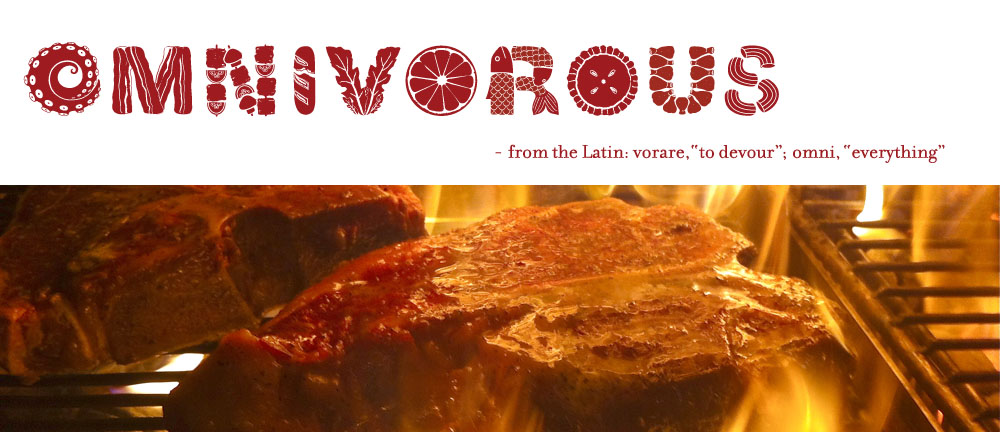 |
| Soba noodle soup with chicken, kamaboko, watercress, pickled ginger, and soft boiled egg. |
I made this excellent noodle soup today for a healthy, balanced, Japanese-style lunch. It was very flavorful with buckwheat noodles, plenty of lean protein, green veggies, and a virtually fat-free broth. And it didn’t take much time to make. The only trick will be procuring all the ingredients if you don’t have a convenient Asian market in the neighborhood like I do.
Kakejiru is a very simple, commonly found Japanese broth made from dashi seasoned with a bit of sugar and soy sauce. You’ll find it with either hot cooked soba or udon noodles, often with a wide variety of offered toppings. I had some leftover homemade chicken broth in the freezer and was inspired to make a chicken-accented version of the classic broth with a hint of ginger as well. I had a little leftover grilled chicken breast and some really great frozen soba noodles.
I cooked the broth in about 15 minutes, prepped all the toppings while the broth steeped, blanched the noodles in about a minute, and assembled the whole thing in a flash. I ate it pretty fast too.
 |
| A perfect, healthy, delicious lunch. |
Assembling the bowl, I put in the following ingredients, more or less in this order:
• cooked soba noodles*
• sliced cooked chicken breast
• sliced kamaboko, a Japanese savory “fish cake” (the thing with the pinkish exterior)
• chopped fresh watercress
• a soft-boiled egg, cut in half (see egg directions below)
• finely sliced scallion greens
• torn mitsuba (An herb similar to parsley. Cilantro is also good.)
• pickled ginger (the red kind)
• togarashi shichimi (Japanese mixed chili pepper shake.)
* Soba noodles can be frozen or dried. Both are good but I think the frozen kind, if not over-cooked, has a great toothsome quality I enjoy.
I got the broth very hot, up to a rolling boil, and then I ladled it over the ingredients in the bowl. And then I ate it. With some Japanese pickles on the side and an ice-cold green tea.
Chicken Kakejiru Broth:
Combine in a pot the following ingredients and bring to a boil. Reduce heat and cover to keep hot until you’re ready to serve. Right before you pour it over the noodles, bring broth to a rolling boil.
2 quarts classic Kakejiru (recipe below)
1 quart homemade chicken broth
3 tablespoons mirin (Japanese cooking wine)
3 thick slices of ginger
1/2 teaspoon white pepper
Classic Kakejiru:
Combine in a pot and bring to a boil the following. Turn off heat and use above.
4 quarts ichiban dashi (recipe below)
1/3 cup granulated sugar, preferably organic
2 tablespoons salt, preferably Japanese sea salt
1/2 cup soy sauce
Ichiban Dashi:
Dashi stock is one of the primary foundations of Japanese cuisine, being a minor or major component in a dizzying array of sauces, broths, stews, and all manner of cooked food. It’s very easy to make, and you can make it in large quantities and freeze some for other applications. This is ichiban dashi, meaning it’s sort of the “first soak” of the kombu and bonito flakes. After you strain the solids out of this batch of dashi you could reuse those steeped kombu and bonito flakes to create a second, weaker broth, called niban dashi.
You Need:
4 quarts cold water
4 strips of kombu, approximately 3″ X 6″
4 cups katsuobushi (bonito flakes)
Do This:
Wipe off any gritty white residue from the kombu strips with a damp paper towel. Place in a pot with the cold water and soak for ten minutes. Bring it to a boil and add the katsuobushi. Turn off the heat right after adding the bonito flakes. Allow stock to steep for about 6 minutes. Strain dashi slowly through a strainer lined with several layers of cheesecloth or a thin kitchen towel.
It’s now ready for use!
Soft-boiled Egg, Japanese style:
Put cold eggs in a single layer in a small pot. Add a pinch of salt and fill with water to cover about an inch over the eggs. Bring to a boil. Remove eggs and put into a bowl filled with room temperature water. Leave eggs for five minutes. Add a cup of ice cubes to the bowl. Leave for another five minutes. Remove eggs and peel before serving noodles.
Banzai!

Pingback: First Impressions: Tsujita LA Artisan Noodles | OMNIVOROUS